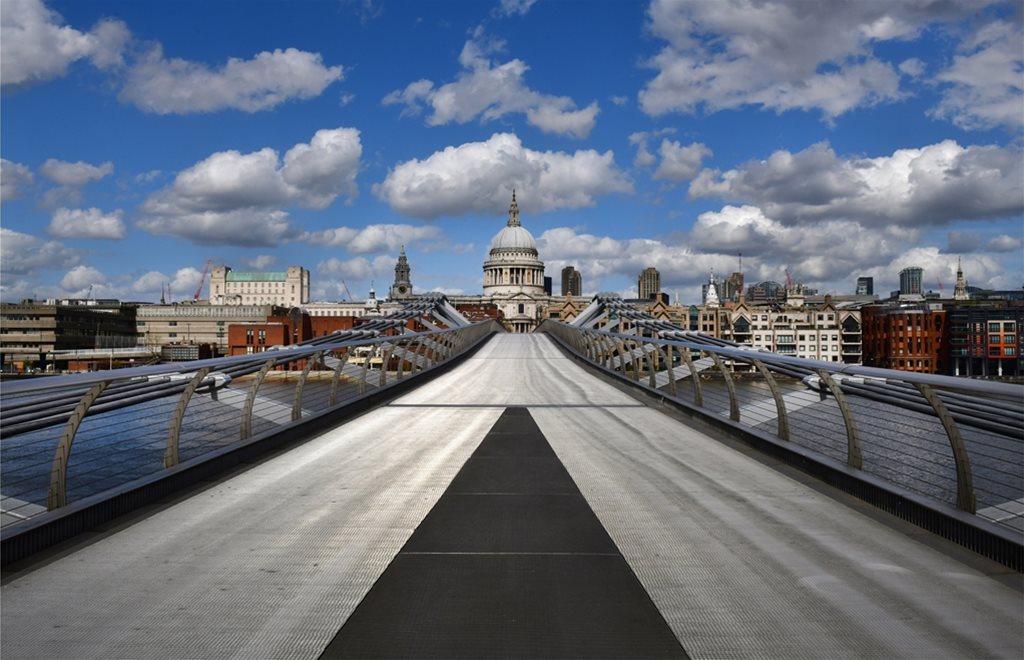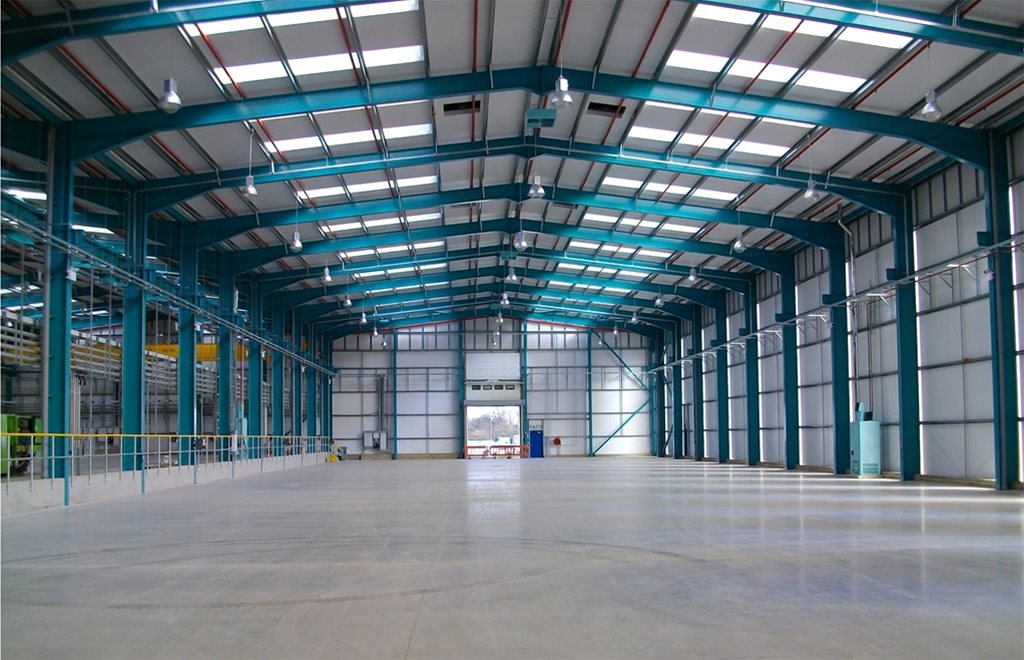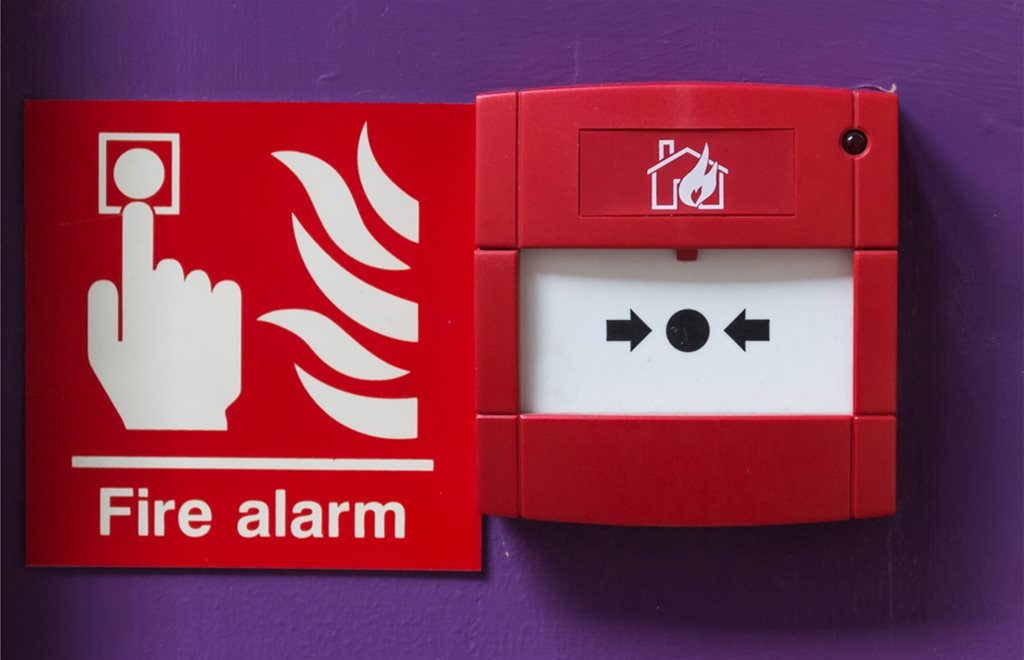In a world that is much changed by COVID-19, Peter Lackey provides businesses with fire safety tips to counter new and existing risks
ARE YOU aware of your responsibilities regarding the fire safety of your building? If you are the owner or occupier of a commercial building, you have legal obligations to protect your staff, visitors, the building itself and its contents. These legal obligations across the UK require the appointed responsible person (or dutyholder in Scotland) for non domestic premises to have adequate fire protection.
It is their responsibility to ensure that there is a suitable, up to date fire risk assessment and that all requirements addressed in this are carried out competently. With commercial fires up 46% during lockdown1, it’s crucial to understand and become increasingly aware of the damage fire risks can have on a business when left undetected and unresolved.
Fires can be a devastating experience for all, resulting in irreversible physical damage and – arguably more importantly – the unseen destruction of jobs, livelihoods, families and homes. While the risk of fire can never be completely eradicated, there are things you can do to help minimise the problem.
Robust protections
More than simply guarding against a worst case scenario, you need to make sure that your business is as robust as possible – in other words, ensure that you have effective protection in place long before a 999 call is required. All businesses with more than four employees must keep a written fire risk assessment, although it is also a good idea to do this if you employ fewer staff.
A fire risk assessment forms the basis of all fire safety procedures and preventative actions, and as businesses return to their premises, it’s a good idea to evaluate how things may have changed since the first wave of COVID-19. Many premises remain closed entirely, or are open for reduced hours or operating with reduced staff.
Even if you completed a fire risk assessment just before the pandemic began, it may need revisiting in light of these recent changes. For example, the amount of stock put into storage or the number of people using the building may have changed, and new risk factors may have emerged. Have employees who are trained fire marshals been furloughed since the pandemic or unable to return to work? Any one of these factors being changed will require you to fill out a new fire risk assessment.
Return to work checks
A series of important factors for you to consider in an initial return to work checklist for your business includes the following actions, as required:
Appoint/train new fire safety officers
For small businesses in particular, with less than 20 employees, it is essential that a minimum of one person in the business is fire safety trained. This individual should be well trusted and
present on the premises most of the time during working hours.
Educate all employees
After being trained, the fire safety officer should be given time with all employees to educate them about the correct procedures to follow in the event of a fire. Employees should also be trained to spot potential fire hazards and to establish to whom they need to report them.
Carry out regular checks
The fire safety officer should be checking all fire related equipment such as fire alarms, fire extinguishers and door guards on a regular basis (preferably weekly). During these checks, potential fire hazards noticed should be raised, and the correct actions to fix these hazards implemented.
Display safety signage
Throughout your premises, signage relating to fire safety and procedures in the event of a fire should be displayed. For best practice:
- any fire doors not fitted with a system that closes when a fire alarm sounds should have a ‘Fire door keep shut’ sign attached to them
- assembly points need to be clearly marked and situated away from the building
- any fire alarms that can be sounded by an individual in the event of fire should be clearly marked
- one or more signs outlining the correct procedure to follow in the event of a fire should be displayed in a prominent place with a premises map included underneath, clearly showing where all the fire safety related equipment mentioned is located

Unused building checks
On the other hand, if your building remains unused – due to COVID-19 or other factors – it is important to realise your responsibilities. Empty, unmanned buildings are at increased risk of break ins and arson, and failure to comply with best practice can put you at risk of insurance invalidation. You should:
- ensure that all keys to the building are accounted for and recovered – if any are missing, it is highly recommended that the locks are changed as soon as possible
- apart from essential services such as lighting or fire and security systems, disconnect all services and utilities at the perimeter of the building
- maintain temperatures at or above 4ºC in winter to avoid frost damage to any sprinkler system or other essential water services – drain down all tanks except those which specifically need to be used
- remove as much combustible material as you can, especially litter and scattered paperwork
- secure letter flaps, install an anti arson metal box inside and redirect all mail

Tailored assessment
Given the variety of business premises, it is difficult to say what is likely to be a cause of fire in any one situation, which is why you need to have an up to date fire risk assessment carried out by someone who can provide a more in depth assessment, aligned to your ways of working. This will give you a good understanding of the potential causes of fire in your workplace and is a good place to start for any business owner.
In addition, you need to keep on hand a fire safety log book to record fire protection information, including the dates when fire safety equipment is tested and maintained, when fire drills are held and when training is given to members of staff. The log will come in handy when your premises are inspected by the fire authority, as they demonstrate how you have complied with the regulations.
You also need to record the details of any fire related incidents, how they were dealt with and whether or not injuries were sustained. If your premises is largely empty due to COVID-19 restrictions, you must ensure you have a protection method in place that is not primarily dependent upon people, such as fire extinguishers or fire hoses. It is crucial to install and test a monitored smoke detection system or automatic fire sprinklers, which can help protect the premises while it remains vacant.
Although you can never have too many systems in place to protect your business from fire, some important ones are:
- Fire extinguishers: different fire extinguishers exist for different types of fire, and your fire risk assessment will contain information on the ignition and fuel risks in your building. Ensure that the correct type of device is selected, and either mounted on the wall or on a special stand with a label that shows the types of fire for which the extinguisher is suitable, as well as basic operating instructions.
- Sprinkler systems: modern automatic fire suppression systems can save lives and livelihoods. They provide protection from fire damage and, most importantly, give people a greater chance of getting out if there is a blaze. If you are unlucky enough to have a fire, they can significantly reduce the cost of the damage it causes by reducing its spread and severity.
- Monitored smoke and fire alarms: whether your building is currently unoccupied or you’re starting to return to work, having a monitored smoke detector and fire alarm allow you to rest easy, knowing that they are still effective, even if the battery is low or there is a technical fault. Fire alarm systems are monitored 24 hours a day, seven days
a week and 365 days a year, helping you to rest assured that you can depend on your system to take care of things, even when you are not nearby.
- Fire hose reels: these are a level up from extinguishers and offer a quick and inexhaustible flow of water. They can be installed by a single technician, which minimises disruption to your business, and in an emergency they are easy to identify and use.
- Emergency lighting: all firefighting equipment and alarms, emergency routes and exits must be well lit. That includes lighting at every door, corridor, floor level and staircase. Your emergency lighting should of course be tested regularly, as in the event of a fire, you’ll want a quick and safe exit
Peter Lackey is fire product marketing manager at ADT Fire and Security

Reference
- ‘NFU Mutual urges commercial property owners and tenants to maintain fire safety as incidents see 46% spike over lockdown’, Business Mole, http://www.businessmole.com/nfu-mutual-urges-commercial-property-owners-and-tenants-to-maintain-fire-safety-as-incidents-see-46-spike-over-lockdown/